Car tinting enhances vehicle aesthetics, provides UV protection, reduces heat, and improves privacy, offering a practical upgrade for drivers seeking comfort, style, and long-term interior protection.
Overview of Car Window Tinting
Car window tinting involves applying a thin, transparent film to vehicle windows for enhanced privacy, UV protection, and heat reduction. It improves comfort, safeguards interiors from sun damage, and elevates the car’s style. Available in various materials like dyed, metallized, and ceramic, window tints offer unique benefits tailored to different needs. Proper installation ensures durability and adherence to legal standards, making it a practical and stylish upgrade for drivers seeking improved driving experiences and long-term vehicle protection.
Importance of Choosing the Right Window Tint
Selecting the appropriate window tint is crucial for optimizing performance, safety, and aesthetics. The right tint enhances UV protection, reduces glare, and minimizes heat, improving comfort and visibility. It also protects interiors from fading and cracking. Additionally, proper tint selection ensures compliance with local laws, avoiding potential legal issues. With various options available, choosing a high-quality tint tailored to specific needs ensures long-term benefits, making it a worthwhile investment for vehicle maintenance and driver satisfaction.
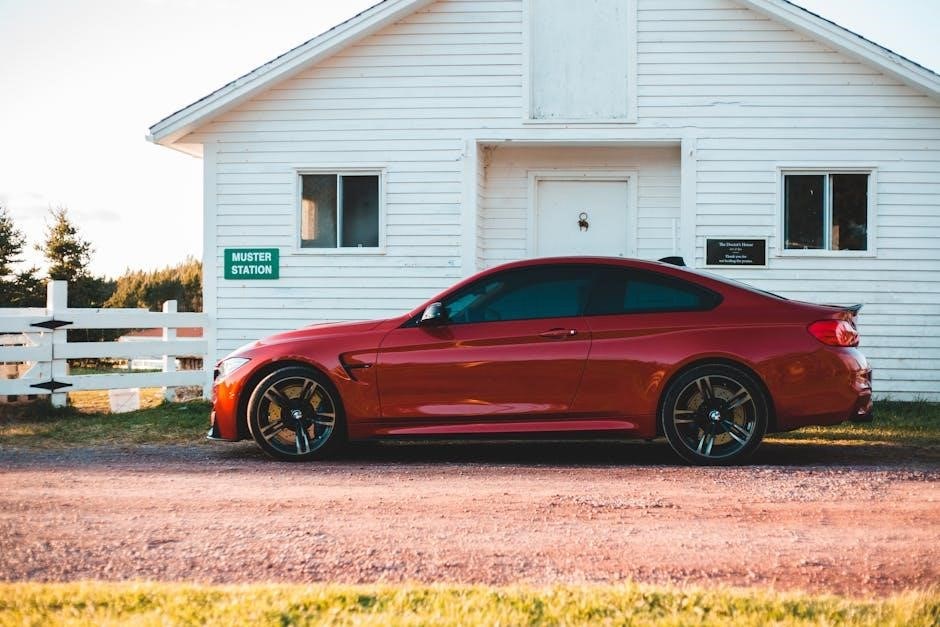
Types of Car Window Tints
Car window tints come in dyed, metallized, and ceramic options, each offering unique benefits like UV protection, heat reduction, and enhanced durability for improved driving experiences.
Dyed Window Tints
Dyed window tints are crafted by infusing polyester film with dye, offering a cost-effective solution for UV protection, heat reduction, and enhanced privacy. They provide a sleek appearance without metallic components, making them a popular choice for drivers seeking style and functionality. However, dyed tints may fade over time and lack the durability of ceramic or metallized options. Despite this, they remain a practical and affordable option for those looking to balance aesthetics and performance in their vehicle.
Metallized Window Tints
Metallized window tints incorporate metallic particles for enhanced performance, offering superior heat reduction and glare protection compared to dyed tints. They provide advanced UV protection and improve shatter resistance for added safety. However, they may interfere with electronic signals like GPS or radio. These tints are more durable than dyed options but can appear shinier. They are ideal for drivers seeking a balance between functionality and style, though they may not suit those prioritizing signal clarity or a matte finish.
Ceramic Window Tints
Ceramic window tints are premium, offering exceptional heat reduction, UV protection, and infrared blocking without metal, minimizing signal interference. They provide superior optical clarity, durability, and shatter resistance. Unlike metallized tints, they don’t block GPS or radio signals. Ceramic tints are ideal for drivers seeking top-tier performance, longevity, and a sleek appearance, though they come at a higher cost. Their advanced technology ensures comfort, privacy, and protection, making them a top choice for discerning car owners prioritizing both style and functionality.
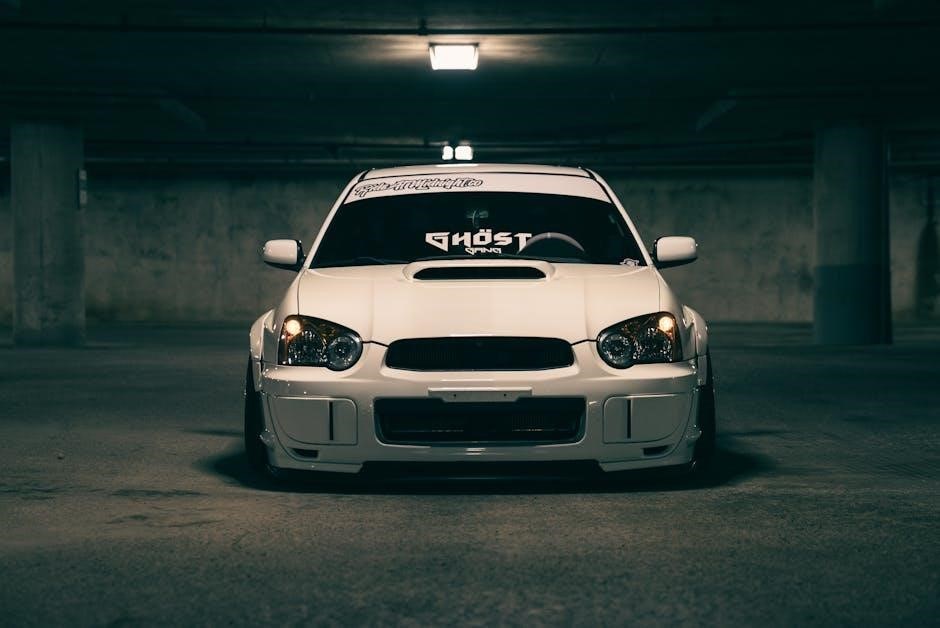
Benefits of Car Window Tinting
Car window tinting offers UV protection, reduces heat, enhances privacy, and shields interiors from sun damage, improving comfort and preserving your vehicle’s interior for years to come.
UV Protection and Sun Damage Prevention
High-quality car window tints block up to 99% of harmful UV rays, preventing interior fading and cracking. This protection extends the lifespan of upholstery, dashboards, and leather, while also safeguarding passengers from sun exposure. UV rays can cause long-term damage to both the vehicle and its occupants, making tinting a vital defensive measure. By reducing sun-induced wear, window tints help maintain your car’s interior condition and value over time, ensuring a cooler, more comfortable driving environment year-round.
Heat Reduction and Energy Efficiency
Car window tints significantly reduce solar heat penetration, minimizing the need for air conditioning and lowering fuel consumption. This energy efficiency not only saves money but also reduces carbon emissions. By keeping the interior cooler, tints enhance comfort during hot days and prevent overheating. High-performance films, like ceramic tints, offer superior thermal rejection, ensuring a cooler and more enjoyable driving experience while protecting against heat-related damage to the vehicle’s interior.
Enhanced Privacy and Security
Window tints enhance privacy by making it difficult for outsiders to see inside your vehicle, while still allowing you to see clearly. This added layer of privacy deters potential thieves and protects valuables from prying eyes. Tints also improve security by holding shattered glass together in the event of a break-in or accident, reducing the risk of injury and making your car more secure overall. This makes window tinting a practical choice for both safety and peace of mind;
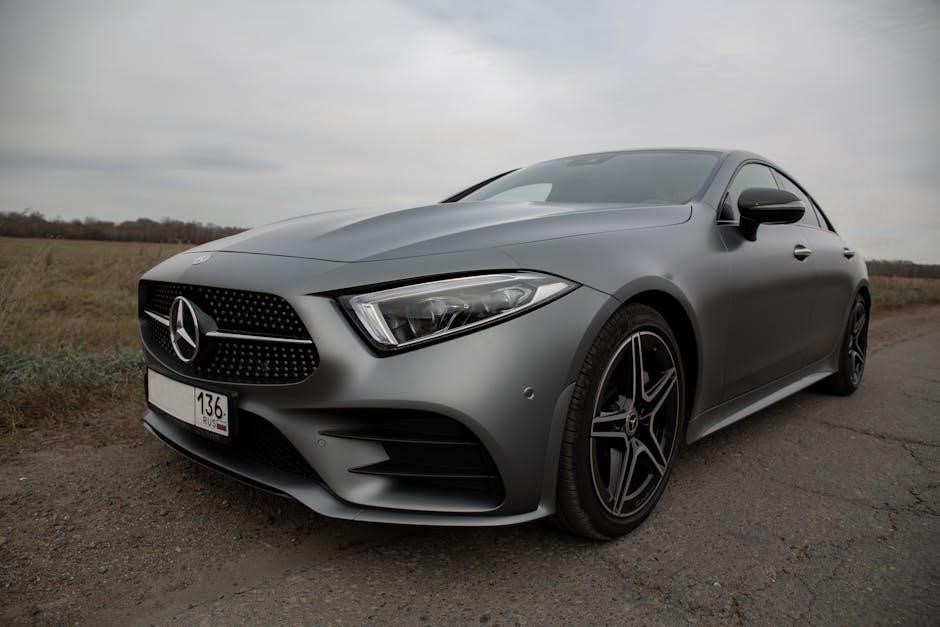
Cost Considerations
Car window tint costs vary based on film quality, type, and installation method, ranging from $5,000 to $25,000 for premium options like ceramic tints.
Factors Affecting the Cost of Window Tint
- Material Quality: High-performance films like ceramic tints cost more due to advanced heat-rejection properties and durability.
- Brand Reputation: Premium brands often charge higher prices for superior quality and longevity.
- Location: Installation costs vary by region, with urban areas typically pricing higher than rural areas.
- Installation Expertise: Professional installers charge more for precise application and warranty coverage.
Average Cost Range for Different Types of Tints
- Dyed Window Tints: Basic dyed films range from $50 to $150 for a standard vehicle, offering a budget-friendly option for UV protection and aesthetics.
- Metallized Window Tints: Prices start at $100 and can go up to $300, providing better heat rejection and durability compared to dyed tints.
- Ceramic Window Tints: High-end ceramic tints cost between $250 and $500, delivering superior heat reduction, UV protection, and clarity without metal interference.
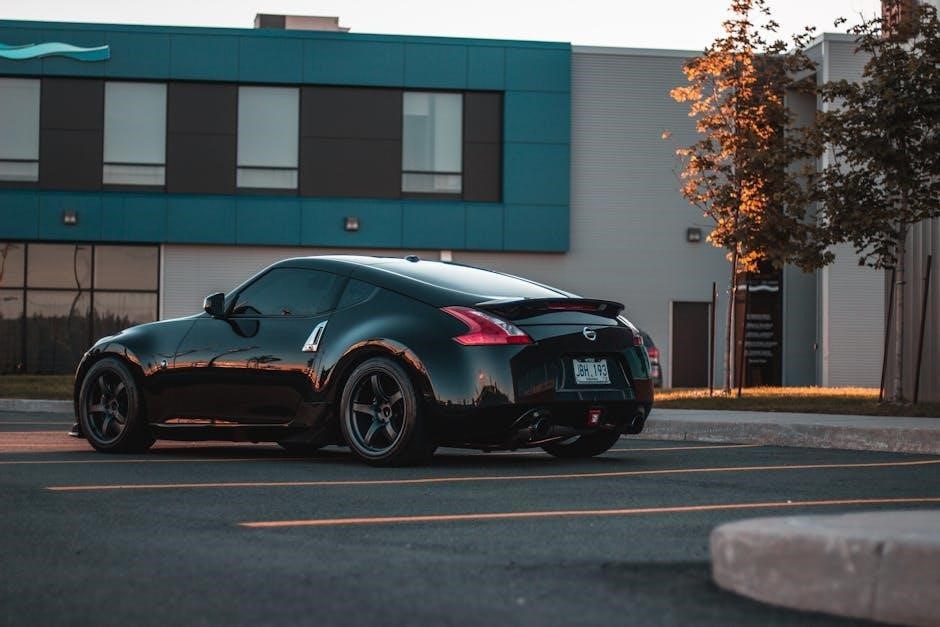
Installation Process
Professional installation ensures a flawless application, while DIY kits require precise tools and techniques. Proper preparation and alignment are crucial for a durable, bubble-free finish.
Professional Installation vs. DIY
Professional installation ensures a flawless, bubble-free finish with expert techniques and tools, offering long-lasting results and warranties. DIY kits are cost-effective but require precision and patience. Proper preparation, alignment, and application are critical for a successful DIY tint. Incorrect installation can lead to peeling, bubbling, or unevenness. Professionals handle complex curves and ensure proper adhesion, while DIY demands skill and time. Choosing between the two depends on your budget, expertise, and desired outcome for a high-quality, durable tint application.
Tools and Materials Needed for DIY Installation
Essential tools include a precision cutter, squeegee, trimming blade, and applicator solution. Additional items like a heat gun, rubber scraper, and lint-free cloth ensure smooth application. High-quality tint film, pre-cut templates, and a measuring tape are also required. A clean, dust-free workspace and a spray bottle for applying the solution are crucial for a successful DIY tint application. Proper tools and materials guarantee a professional finish and long-lasting results.
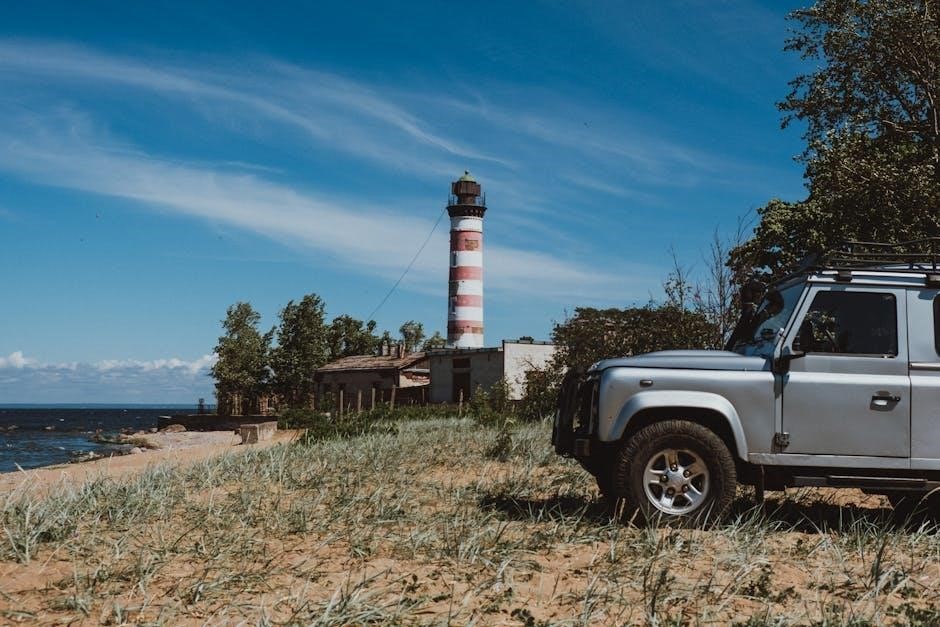
Window Tint Laws and Regulations
Window tint laws vary by region, specifying minimum Visible Light Transmission (VLT) percentages for windshields, front, and rear windows to ensure safety and visibility standards are met.
Visible Light Transmission (VLT) Requirements
Visible Light Transmission (VLT) refers to the percentage of light allowed through tinted windows. Most states require a minimum VLT for front and rear windows, typically ranging from 20% to 70%. Windshields usually have stricter regulations, often requiring at least 70% VLT. These standards ensure driver visibility and safety. Non-compliance can result in fines or penalties, making it essential to check local laws before installing window tint to avoid legal issues and maintain road safety standards effectively.
State and Local Variations in Tint Laws
Car tint laws vary significantly by state and locality, with differing requirements for front, rear, and side windows. Some states allow darker tints for rear windows, while others enforce stricter limits. For example, certain states require at least 35% VLT for front windows, while others allow as low as 20%. International laws, such as those in the UK, also differ, with specific rules for front windshields and side windows. Always check local regulations before installing tint to ensure compliance and avoid penalties.
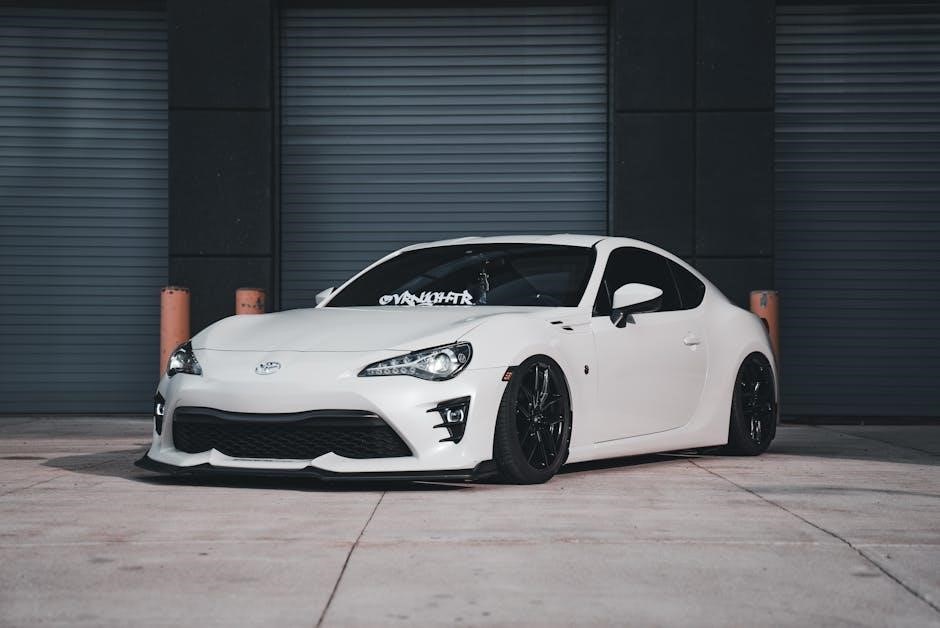
Maintenance and Care
Regular cleaning with microfiber cloths and mild soap prevents scratches. Avoid abrasive materials and high-pressure washes. Ensure proper drying to maintain tint clarity and durability over time.
Best Practices for Cleaning Tinted Windows
Use a soft, lint-free microfiber cloth and mild soap solution to clean tinted windows. Avoid harsh chemicals, ammonia-based cleaners, or abrasive materials that can scratch the film. Spray the cleaner onto the cloth, not directly on the window, to prevent streaks. Gently wipe in a horizontal motion, starting from the top. Dry thoroughly with a clean microfiber cloth to avoid water spots. Clean regularly to maintain clarity and prevent dust buildup. Avoid cleaning in direct sunlight to ensure streak-free results. For tough spots, use a specialized tint-safe cleaner, but test a small area first to ensure no damage occurs.
How to Avoid Damaging the Tint
To prevent damage to your car’s tint, avoid using sharp objects, abrasive cleaners, or ammonia-based products. Use a microfiber cloth and mild soap solution for cleaning. Never scrape or rub the tint vigorously, as it can scratch the film. Avoid parking in direct sunlight for extended periods, as heat can cause bubbling. Keep windows closed during heavy rain or hail to prevent water spots or damage. Regularly inspect the tint for small cracks or peeling and address them promptly to prevent further deterioration. Always defrost windows gently to avoid cracking the tint. Regular maintenance ensures longevity and clarity of the film.
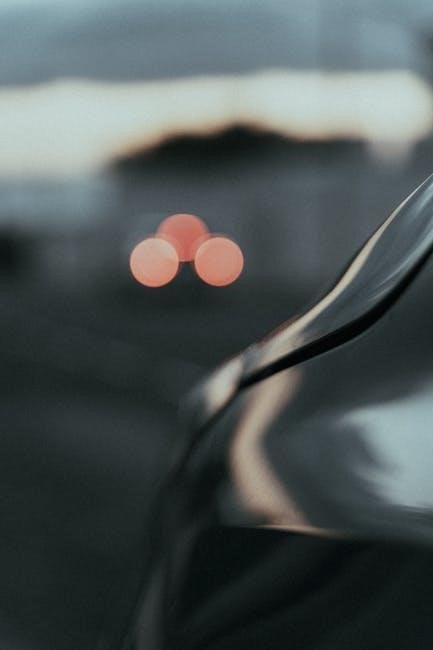
Choosing the Right Tint for Your Vehicle
Selecting the right tint involves considering UV protection, heat reduction, privacy, and aesthetics. Choose a VLT percentage that suits your needs and complies with local laws, ensuring optimal visibility and style.
How to Select the Correct VLT Percentage
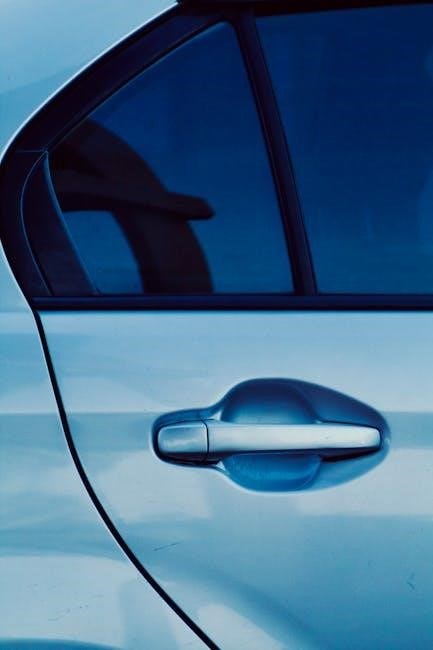
Choosing the right VLT percentage involves balancing visibility, privacy, and legal requirements; Lower percentages (e.g., 20%) offer more privacy but may reduce nighttime visibility, while higher percentages (e.g., 50%) allow more light. Consider your climate, driving habits, and local laws, which often mandate minimum VLT levels for safety. Ensure your choice aligns with your priorities, whether it’s UV protection, heat reduction, or aesthetics, to enhance your driving experience without compromising functionality or legality.
Material and Brand Selection Guide
When selecting window tint materials, consider options like dyed, metallized, or ceramic films, each offering unique benefits. Dyed films are cost-effective, while ceramic tints provide superior UV protection and heat reduction. Choose brands like LLumar or Solarplexius for high-quality, durable solutions. Research brands that align with your priorities, such as UV protection, heat reduction, or aesthetics. Ensure the material and brand you select meet your vehicle’s needs and comply with local tinting laws for optimal performance and longevity.
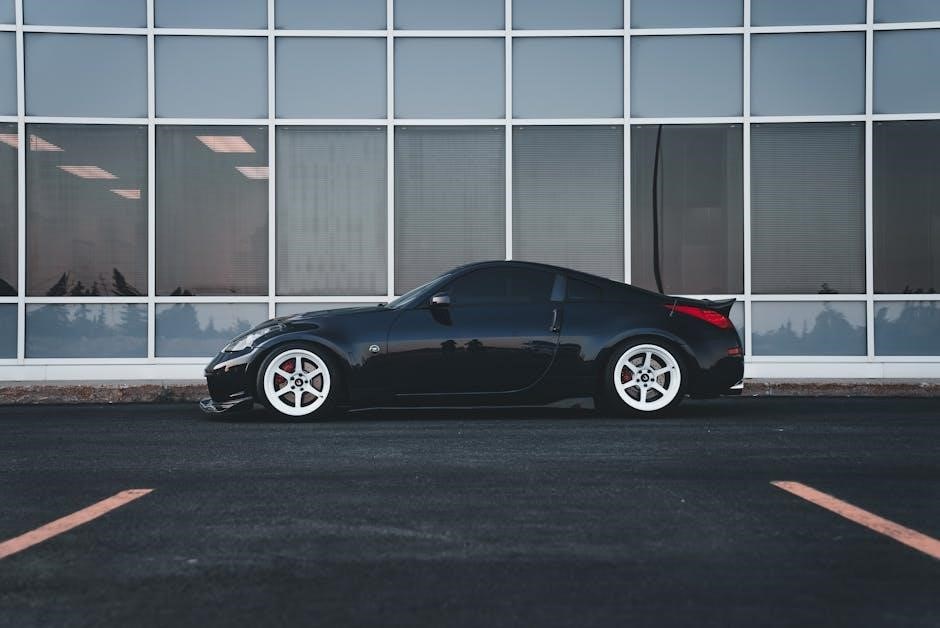
Common Mistakes to Avoid
- Improper measurement of tint film can lead to uneven application.
- Using low-quality tools may cause air bubbles or scratches.
- Not cleaning the window thoroughly before installation.
- Applying tint in direct sunlight or high humidity.
Installing Tint in Direct Sunlight
Installing tint in direct sunlight is a common mistake that can lead to poor results. The heat from the sun can cause the tint film to bubble or stretch unevenly, making it difficult to achieve a smooth application. Additionally, the adhesive may become too sticky, leading to improper alignment and air pockets. For best results, tint installation should be done in a shaded area or indoors to maintain optimal conditions for a professional-looking finish.
Not Allowing Proper Drying Time
Not allowing proper drying time after tint installation is a common mistake that can lead to bubbles, peeling, and adhesive failure. The tint requires time to fully bond with the glass, especially in humid or cooler conditions. Rushing the process can result in a compromised finish. It’s essential to wait at least 24-48 hours before cleaning or rolling down windows to ensure the tint adheres properly and lasts longer. Patience guarantees a professional-quality result.
